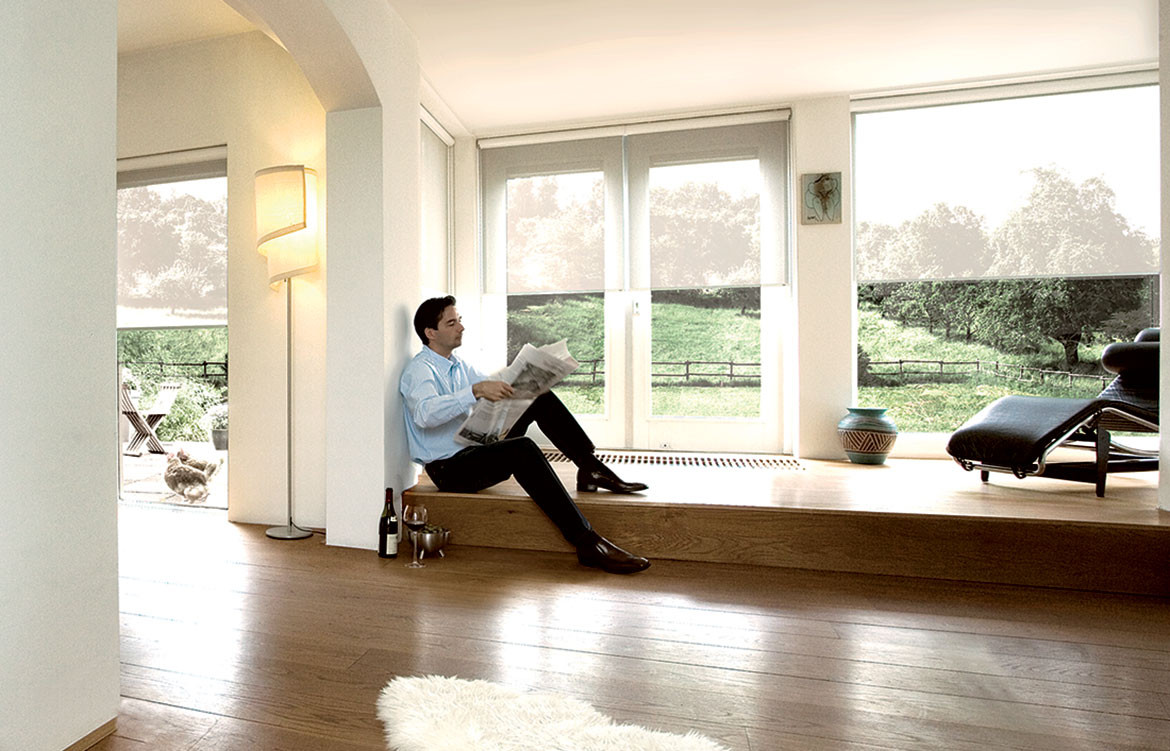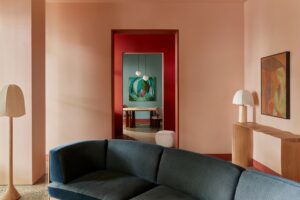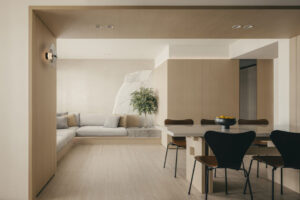Glass has become one of the defining factors of modern architectural design, with door-to-ceiling windows now a go-to in residential design. Chosen not only for its sleek and clean appearance, but it also increases the level of natural light within an interior. It’s not a feature expected to diminish in popularity either, with architects incorporating glass into their designs continue to be a growing trend. However, while it may have the desired effect from a design perspective, utilising glass comes with further design considerations for interiors, namely an increase in sun glare, UV radiation and heat coming into the building.
In this sense, while glass may look aesthetically pleasing on the exterior, it can actually have negative effects on an interior, such as excess heat and fabric fading from UV radiation.
In a bid to counteract these negative aspects, performance fabrics – specifically when used in window coverings – provide functional qualities such as durability, UV protection, comfort and thermo-regulation.

As well as providing privacy, the use of window coverings is required to reduce sun glare – especially in Australia, with some cities receiving up to 286 days of sunshine a year. However, while the use of window coverings may reduce sun glare, which has an impact on television and computer screens, as well as shiny surfaces within the home and office, it does mean that the original design of a building can be compromised, not to mention the benefits of having large windows are lost.
When in use, traditional window coverings that completely block views to the outdoors can prevent a building’s location from being fully enjoyed from indoors, as well as natural light entering. Studies have shown that access to natural light and outside views in the home are important for our physical and psychological health.
With sunlight and natural light comes UV radiation, which causes damage faster than visible light. Studies have shown that UV radiation is the single largest contributing factor in the fading of fabrics, carpets and other furnishings. When specifying window coverings, choosing a performance fabric that blocks as much UV radiation as possible will ensure that interior furnishings are not compromised. Additionally, heat and light are controlled through the use of performance fabrics, ensuring that residents are not experiencing disruptive heat at the window.

For more than 50 years, Verosol has been the world leader in metallised fabrics, specialising in a unique and innovative metal-backed fabric, SilverScreen, that is used on window coverings to regulate heat and light in buildings. The use of SilverScreen in window coverings reflects up to 85% of solar energy before it turns to heat, allowing the layout of an interior to go uncompromised. What’s more, reduction of heat, light and UV is the same regardless of the colour of the window covering, ensuring specifiers do not compromise on aesthetics for performance.
Verosol
verosol.com.au
Photography courtesy of Verosol

We think you might also like How To Cool Down Without A/C With Verosol











